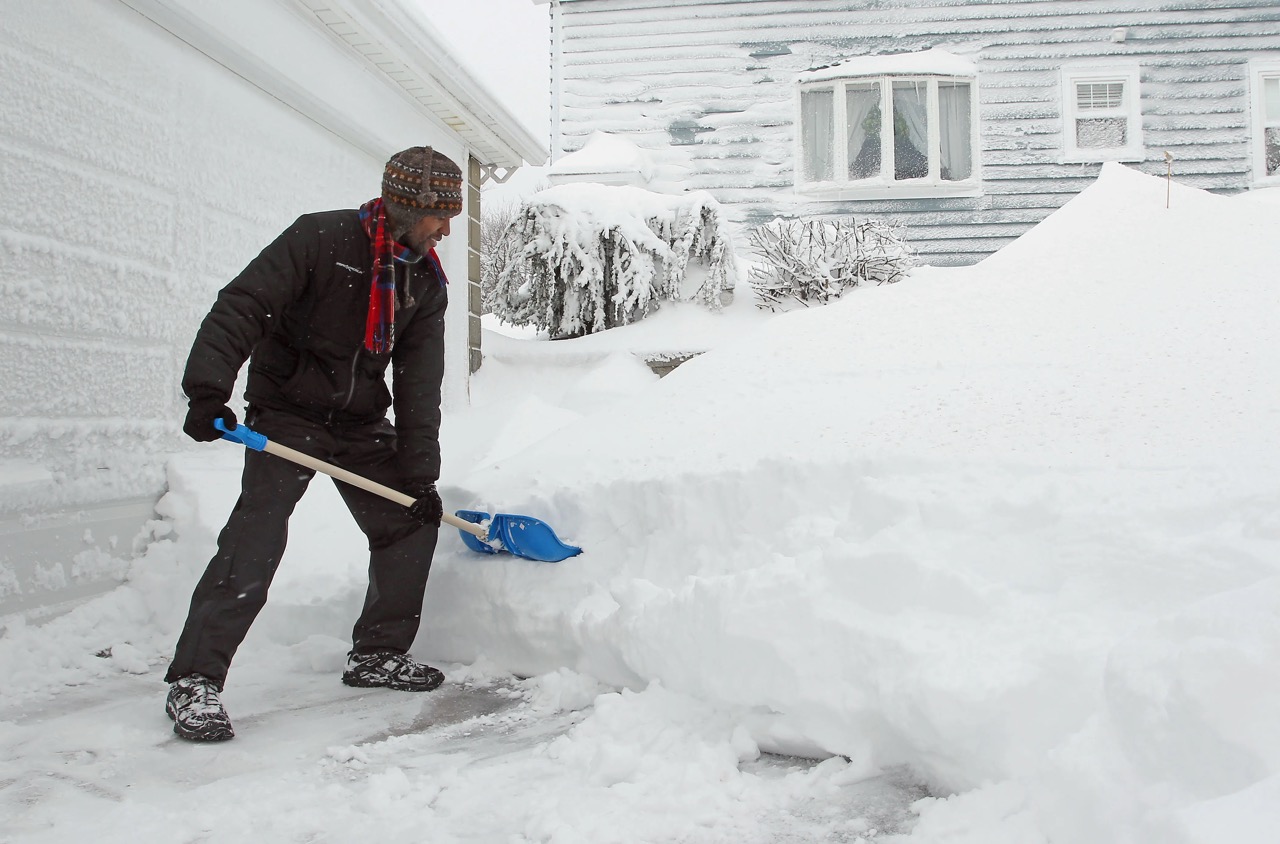

Articles
How To Keep Snow From Drifting On Driveway
Modified: May 6, 2024
Learn effective techniques and strategies to prevent snow from drifting on your driveway with our insightful articles.
(Many of the links in this article redirect to a specific reviewed product. Your purchase of these products through affiliate links helps to generate commission for Storables.com, at no extra cost. Learn more)
Introduction
Winter can bring a picturesque landscape, with beautiful white snow covering everything in its path. However, it can also bring some challenges, especially when it comes to maintaining clear and accessible driveways. One of the common issues homeowners face during winter is snow drifting on their driveways. Snow drifts occur when strong winds blow snow from one area and deposit it in another, resulting in piles of snow that block driveways and create obstacles for vehicles and pedestrians.
Dealing with snow drifts on your driveway can be frustrating and time-consuming, but there are strategies you can employ to minimize the impact of drifting snow. In this article, we will discuss various techniques to keep snow from drifting on your driveway, ensuring that you have a clear and safe pathway throughout the winter season.
Key Takeaways:
- Minimize snow drifts by understanding factors like wind speed, direction, and driveway design. Evaluate your landscape and implement proactive measures to keep your driveway clear and accessible during winter.
- Prepare your driveway, construct windbreaks, and clear snow regularly to prevent snow drifts. Regular maintenance and check-ups ensure the effectiveness of your prevention measures, providing a hassle-free winter season.
Read more: How To Remove Snow From A Driveway
Understanding Snow Drifts
To effectively prevent snow from drifting on your driveway, it’s important to understand how snow drifts form. Snow drifts typically occur when strong winds blow snow particles into piles or mounds, creating uneven distributions of snow. These drifts can accumulate and block driveways, making them difficult to navigate.
Several factors contribute to the formation of snow drifts. Wind speed and direction play a significant role, as stronger winds are more likely to pick up and redistribute snow. The landscape surrounding your driveway can also affect snow drifts. If your driveway is situated in an open area or near large open spaces, such as fields or mountains, it may be more susceptible to drifting snow.
Furthermore, the design and orientation of your driveway can influence the formation of snow drifts. Driveways with long, straight sections or those that face directly into prevailing winds are more prone to snow accumulation. Understanding these factors will help you make informed decisions when implementing snow drift prevention techniques.
By addressing these factors and taking proactive measures, you can minimize the impact of snow drifts on your driveway and ensure that it remains easily accessible throughout the winter season.
Factors Contributing to Snow Drifting on Driveways
When it comes to snow drifting on driveways, several factors come into play. Understanding these factors is essential in effectively preventing the accumulation of snow and keeping your driveway clear. Let’s take a closer look at the key factors contributing to snow drifting on driveways:
- Wind Speed: Strong winds are the primary driver of snow drifts. The higher the wind speed, the more likely it is to pick up and redistribute snow, leading to the formation of drifts. Pay attention to the prevailing wind patterns in your area to assess the potential for snow drifts on your driveway.
- Wind Direction: The direction from which the wind blows can significantly impact the drifting patterns of snow on your driveway. Driveways that face directly into prevailing winds are at higher risk of snow accumulation. Consider the orientation of your driveway and plan accordingly to counteract the effects of wind.
- Driveway Design: The design of your driveway can influence the formation of snow drifts. Long, straight driveways with no obstructions are more prone to snow drifts. Similarly, sharp corners or areas where the driveway widens can create areas of reduced wind flow, resulting in snow accumulation. Evaluate the design of your driveway to identify potential problem areas.
- Surrounding Landscape: The landscape around your driveway plays a crucial role in snow drifting. Driveways located in open areas or near expansive fields, mountains, or other high surfaces are more susceptible to drifting snow. These areas can create wind funnels, increasing the chances of snow accumulation on your driveway. Take note of the surrounding landscape and consider implementing snow drift prevention measures accordingly.
- Snowfall Intensity and Moisture Content: The intensity and moisture content of the snowfall can impact snow drifting. Wet, heavy snow is more likely to stick and accumulate, creating larger drifts. Pay attention to weather reports and take proactive measures when heavy snowfall is expected.
By considering these factors and taking appropriate measures, you can effectively minimize the impact of snow drifting on your driveway. In the next sections, we will explore various techniques to prevent snow from accumulating and ensure a clear pathway.
Evaluating Your Driveway and Surrounding Landscape
Before implementing any snow drift prevention techniques, it’s important to carefully evaluate your driveway and the surrounding landscape. This assessment will help you identify potential problem areas and determine the most effective strategies to keep snow from drifting on your driveway. Here are some key points to consider:
- Driveway Layout: Take a close look at the layout of your driveway. Note any long, straight sections or sharp corners that may be prone to snow accumulation. These areas can create ideal conditions for snow drifts to form. Consider if any modifications to the driveway layout could help mitigate the risk of drifting snow.
- Surrounding Structures: Assess the proximity of structures, such as buildings, trees, or fences, to your driveway. These structures can act as windbreaks and potentially reduce the chances of snow drifting onto your driveway. Identify areas where additional windbreaks or barriers may be needed to redirect the wind and prevent snow accumulation.
- Open Spaces: Observe the presence of open spaces around your driveway, such as fields, parks, or large vacant lots. These open spaces can create wind channels, increasing the likelihood of snow drifting. Take note of the prevailing wind direction and how these open spaces may influence the movement of snow onto your driveway.
- Topography: Consider the natural topography of your surrounding landscape. Are there any slopes or inclines that could contribute to snow drifting? Higher elevations or uneven terrain can impact wind patterns and create areas of snow accumulation. Understanding the topography will help you plan appropriate snow drift prevention measures.
- Driveway Maintenance: Examine the condition of your driveway and any existing drainage systems. Ensure that your driveway is properly graded to promote water runoff and prevent pooling. Poor drainage can lead to icy conditions and increased snow accumulation. Address any maintenance issues before implementing snow drift prevention techniques.
By thoroughly evaluating your driveway and the surrounding landscape, you’ll gain valuable insights into the specific challenges you face with snow drifting. These observations will guide your decision-making process as you choose the most effective preventive measures for your situation. In the following sections, we will explore various techniques to minimize snow drifts and keep your driveway clear throughout the winter season.
Preparing Your Driveway for Snowfall
Proper preparation is key to minimizing snow drifting on your driveway. Taking proactive measures before the snowfall season can help create a solid foundation for effective snow drift prevention. Here are some steps to prepare your driveway:
- Clean and Clear: Before the snow arrives, ensure that your driveway is clean and free from any debris or obstacles. Remove any leaves, branches, or other materials that could impede snow removal or contribute to snow drifts.
- Apply a Protective Coating: Consider applying a snow-melting agent or a de-icing solution to your driveway before the snow falls. These products can help prevent snow from bonding to the surface and make removal easier. Be sure to follow the manufacturer’s instructions and guidelines when using these products.
- Install Heating Systems: If you live in an area with heavy snowfall, you may want to consider installing a driveway heating system. These systems use electric or hydronic heating elements beneath the driveway’s surface to melt snow and prevent snow accumulation. While this is a more expensive option, it can provide significant convenience and minimize the risk of snow drifts.
- Create Clearing Zones: Designate specific areas alongside your driveway where you will pile the snow after clearing. This prevents accumulating snow from obstructing your pathway or causing additional snow drifts on the driveway.
- Invest in Snow Removal Equipment: Make sure you have the right tools and equipment for snow removal, such as a snow blower, shovel, or plow. These tools will help you quickly and efficiently remove snow from your driveway, reducing the chances of it forming into drifts.
- Consider Driveway Sealants: Applying a driveway sealant can help create a smooth and even surface that prevents snow from sticking and accumulating. This can be especially effective for asphalt driveways. Consult with professionals or refer to product guidelines to determine the best sealant for your driveway.
- Keep Drainage Systems Clear: Ensure that your driveway’s drainage systems, such as gutters and downspouts, are clear and functioning properly. Proper drainage prevents water from pooling and freezing, reducing the risk of ice buildup and additional snow drifts.
By taking these steps to prepare your driveway before the snowfall season, you’ll be in a better position to combat snow drifts and maintain a clear and accessible pathway throughout the winter. In the next sections, we will explore additional techniques to further prevent snow from drifting on your driveway.
Read more: How To Snow Blow A Driveway
Constructing Windbreaks
One effective strategy to prevent snow from drifting on your driveway is to construct windbreaks. Windbreaks are physical barriers that redirect the flow of wind, reducing its impact on your driveway and minimizing the chances of snow accumulation. Here are some options for constructing windbreaks:
- Planting Trees and Shrubs: Planting trees and shrubs strategically around your driveway can act as natural windbreaks. Choose evergreen varieties that retain foliage year-round to ensure continuous protection. Place the trees and shrubs on the side of your driveway where prevailing winds come from to block the wind and reduce snow drifting. Bear in mind the growth habits and spacing needs of the chosen plants to ensure proper development and maximum effectiveness.
- Building Fences: Installing a fence perpendicular to the prevailing wind direction can serve as an effective windbreak. Opt for a solid or slatted fence design to block or redirect the wind. The fence should be high enough to disrupt the wind flow but not so high as to create a wind tunnel effect. Additionally, leave adequate space between the fence and your driveway to allow snow to accumulate without obstructing the driveway itself.
- Using Temporary Barriers: Temporary barriers, such as snow fencing or fabric, can provide quick and convenient wind protection. Snow fencing is a popular option, as it is specifically designed to reduce snow drifting by trapping and redirecting the wind. Install the snow fencing along the side of your driveway facing the prevailing wind direction. The spacing and height of the fence can vary based on your specific needs and the recommendations provided by the snow fencing manufacturer.
- Utilizing Natural Landscape Features: Take advantage of existing natural landscape features, such as hills, berms, or existing structures, to create natural windbreaks. These features can disrupt the wind flow and create areas of reduced wind speed, minimizing snow drifting on your driveway. Analyze your surroundings and make use of any available natural resources.
When constructing windbreaks, it’s important to consider the impact on airflow and the surrounding environment. Avoid creating wind tunnels that could cause turbulence and lead to even more significant snow drifting. Aim to strike a balance between diverting the wind and preserving the natural ecosystem.
By strategically constructing windbreaks, you can effectively reduce the impact of wind on your driveway and prevent snow from drifting. In the subsequent sections, we will explore additional techniques to complement windbreaks and further minimize snow drifts on your driveway.
To keep snow from drifting on your driveway, consider installing snow fencing or windbreaks along the edges to block the wind and prevent snow from accumulating. This can help reduce the amount of snow that drifts onto your driveway.
Using Snow Fencing
Snow fencing is a practical and efficient method to prevent snow from drifting on your driveway. It is specifically designed to interrupt wind patterns and redirect snow, minimizing its accumulation in undesired areas. Here’s how you can effectively use snow fencing to prevent snow drifts:
- Placement: Install snow fencing on the side of your driveway that faces the prevailing wind direction. This will help to trap and redirect the wind before it reaches your driveway, reducing the likelihood of snow accumulation. Consider the recommendations provided by the manufacturer regarding the appropriate spacing and height for the snow fencing.
- Materials: Snow fencing is typically made of plastic or wooden slats that allow wind to pass through while trapping snow. Depending on your preferences and budget, you can choose between different types of snow fencing materials. It’s essential to opt for quality materials that are durable and can withstand winter weather conditions.
- Spacing: The spacing of the snow fencing is crucial to its effectiveness. It should be installed far enough from your driveway to provide adequate room for snow accumulation without obstructing the pathway. Consult the snow fencing manufacturer’s instructions for the recommended spacing, as it can vary depending on the height and design of the fencing.
- Height: Snow fencing comes in various heights, typically ranging from three to four feet. The height you choose will depend on the severity of snow drifts in your area and the level of protection you require. Remember that taller fencing might provide more effective snow drift prevention, but it can also create wind shadows and turbulence if not installed correctly.
- Maintenance: Regular maintenance is essential to keep snow fencing in optimal condition. Inspect the fencing regularly for any damage, such as broken slats or loose posts, and repair or replace as necessary. Additionally, clear accumulated snow from the fencing to ensure its effectiveness in redirecting wind and preventing snow drifts.
- Combining Techniques: Snow fencing can work synergistically with other snow drift prevention techniques. For example, when used in conjunction with natural windbreaks like trees or fences, the effectiveness of snow fencing can be enhanced. Assess your specific needs and consider combining multiple methods to create a comprehensive snow drift prevention strategy.
By incorporating snow fencing into your snow drift prevention plan, you can effectively minimize the accumulation of snow on your driveway. It provides a visible barrier that redirects wind and promotes controlled snow distribution, ensuring that you have a clear and accessible pathway throughout the winter season.
In the next sections, we will explore another technique, installing retaining walls, to further enhance your snow drift prevention efforts on your driveway.
Installing Retaining Walls
Installing retaining walls is an effective method to prevent snow from drifting on your driveway. Retaining walls create a physical barrier that can redirect wind and control the distribution of snow. Here’s how you can use retaining walls to enhance your snow drift prevention efforts:
- Placement: Identify areas alongside your driveway where the installation of retaining walls would be most effective. These areas are typically on the side of your driveway facing the prevailing wind direction. Placing retaining walls strategically can disrupt the wind flow and minimize snow accumulation on your driveway.
- Design and Construction: When designing and constructing the retaining walls, consider their height, material, and overall structure. The walls should be sturdy enough to withstand the forces of wind and snow. Opt for materials like concrete, stone, or brick, which can provide durability and strength. Seek professional guidance or consult local building codes for proper wall construction techniques.
- Height and Width: The height and width of the retaining walls are crucial in preventing snow drifts. The walls should be tall enough to interrupt the wind flow and create a barrier, but not so high that they create a wind shadow or turbulence. The width should be sufficient to allow for snow accumulation without obstructing the driveway. Consider the recommendations provided by engineers or professionals for the optimal dimensions of the retaining walls.
- Curvature: To further enhance the effectiveness of retaining walls, consider incorporating a gentle curvature in their design. Curved walls can redirect wind more efficiently, reducing the chances of snow drifting onto the driveway. This curved design helps to distribute the force of the wind and promote controlled snow deposition.
- Maintenance: Periodically inspect the retaining walls for any signs of damage or deterioration, such as cracks or loose stones. Repair or reinforce the walls as necessary to ensure their stability and effectiveness in preventing snow drifts. Additionally, remove any snow accumulation behind the walls to maintain their functionality.
- Combining Techniques: Retaining walls can be used in combination with other snow drift prevention techniques, such as windbreaks or snow fencing, to create a comprehensive defense against snow accumulation. Assess your specific needs and conditions to determine the most suitable combination of techniques for your driveway.
Installing retaining walls along your driveway can significantly reduce the impact of snow drifting and promote a clear and accessible pathway. The walls create a physical barrier that controls the distribution of snow, ensuring that it doesn’t accumulate on your driveway. In the subsequent sections, we will explore additional techniques to further enhance your snow drift prevention strategies.
Clearing Snow Regularly
Regularly clearing snow from your driveway is an essential practice to prevent snow drifts and maintain a safe and accessible pathway. By staying on top of snow removal, you can minimize the accumulation of snow and prevent it from becoming a major obstacle. Here’s how you can effectively clear snow from your driveway:
- Invest in Snow Removal Equipment: Make sure you have the necessary tools and equipment for snow removal, such as a snow blower, shovel, or plow. Choose equipment that suits the size of your driveway and your physical capabilities. Electric or gasoline-powered snow blowers are ideal for larger driveways, while shovels are suitable for smaller areas or clearing snow by hand.
- Clear Snow as Soon as Possible: It’s important to start snow removal as soon as snowfall has ended or is still ongoing. The longer snow is left on your driveway, the more likely it is to form into drifts and become compacted, making removal more challenging. Regularly monitoring the weather forecast and taking immediate action can help prevent snow from accumulating and drifting.
- Establish a Clearing Routine: Develop a systematic approach to snow removal and establish a consistent clearing routine. This ensures that your driveway remains clear throughout the winter season. Consider clearing snow in multiple stages as it falls, rather than waiting for the entire snowfall to end. This helps prevent excessive snow buildup and drift formation.
- Start from the Windward Side: When clearing snow, begin on the windward side of your driveway—the side where the wind is coming from. By starting here, you prevent snow from drifting back onto the cleared areas. Work your way towards the opposite side, pushing the snow to areas where it won’t obstruct the driveway or create new drifts.
- Remove Snow in Layers: If you’re using a snow blower or shovel, it’s helpful to remove snow in layers rather than trying to clear it all at once. This approach allows for better control and prevents heavy snow from piling up and causing drifts. Take your time and gradually remove snow until the entire area is cleared.
- Dispose of Snow Properly: When clearing snow, ensure that you dispose of it in an appropriate area. Piling snow directly on your driveway can obstruct your pathway and potentially contribute to snow drifting. Create designated areas alongside your driveway or in your yard where you can pile the snow without creating obstructions or compromising safety.
- Prevent Ice Formation: After clearing snow, take measures to prevent the formation of ice on your driveway. Apply ice melt or salt to minimize the risk of ice buildup. Additionally, consider using sand or traction mats to improve traction and reduce the chances of accidents on your cleared driveway.
Regular and proactive snow removal is crucial in preventing snow drifts on your driveway. By incorporating these practices into your winter maintenance routine, you can ensure a clear and accessible pathway, even during heavy snowfall periods.
In the final section, we will discuss the importance of regular maintenance and check-ups to sustain the effectiveness of your snow drift prevention measures.
Read more: How To Keep Driveway From Freezing
Regular Maintenance and Check-ups
Regular maintenance and check-ups are essential to sustain the effectiveness of your snow drift prevention measures and ensure a well-maintained driveway throughout the winter season. By staying proactive and addressing any issues promptly, you can minimize the risk of snow accumulation and maintain a safe and accessible pathway. Here’s what you need to consider:
- Inspect and Repair Windbreaks: Regularly inspect windbreaks, such as trees, shrubs, fences, or snow fencing, for any damage or signs of wear. Replace broken slats, reinforce loose posts, and trim overgrown branches. Keeping windbreaks in good condition ensures their effectiveness in redirecting wind and preventing snow drifts.
- Clear Snow Drifts: Occasionally, snow may accumulate and form drifts despite your preventive efforts. When this happens, it’s important to clear the snow drifts promptly to maintain a clear pathway. Use your snow removal equipment or a shovel to remove the accumulated snow and dispose of it away from the cleared areas.
- Monitor Drainage Systems: Keep an eye on your driveway’s drainage systems, such as gutters, downspouts, and drainage ditches. Ensure they are clear of debris and functioning properly to facilitate the proper flow of water. Proper drainage prevents pooling of water, which can freeze and lead to ice buildup or additional snow drifts.
- Clear Walkways and Entrances: Along with your driveway, regularly clear snow from walkways, steps, and entrances to maintain safe access to your property. Accumulated snow can create hazards and hinder movement, so it’s essential to keep these areas clear and safe for pedestrians and vehicles entering and exiting your property.
- Remove Ice Buildup: Check for any ice buildup on your driveway and take action to remove it promptly. Use ice melt, salt, or traction materials to melt the ice and improve traction. Be cautious when clearing ice, as it can be slippery and pose a safety risk. If needed, seek professional help for thorough ice removal.
- Adjust Windbreaks if Necessary: Assess the effectiveness of your windbreaks throughout the winter season. If you notice snow still drifting onto your driveway despite the presence of windbreaks, evaluate their placement and consider making adjustments. Sometimes, a small repositioning or addition to the windbreak can make a significant difference.
- Stay Informed: Stay updated on local weather forecasts and winter storm warnings. This will help you anticipate heavy snowfall and prepare accordingly. Being proactive and staying informed allows you to take immediate action and prevent snow drifts before they become problematic.
Regular maintenance and check-ups not only ensure the continued effectiveness of your snow drift prevention measures but also contribute to the overall safety and accessibility of your driveway. By dedicating time to address maintenance tasks and promptly attending to any issues, you can enjoy a well-maintained driveway throughout the winter season.
With proper preparation, diligent snow removal, and regular maintenance, you can successfully prevent snow from drifting on your driveway. By implementing these techniques, you’ll have a clear and safe pathway that will make navigating your property during winter much easier and more convenient.
Remember, each property and snowfall situation is unique, so it’s important to adapt these strategies to your specific circumstances. By doing so, you’ll be well-equipped to handle snow drifts and keep your driveway accessible all winter long.
Stay proactive, stay prepared, and enjoy a snow-free driveway!
Conclusion
Dealing with snow drifting on your driveway can be a challenging task during the winter season. However, with the right strategies and preventative measures, you can minimize the impact of snow drifts and maintain a clear and accessible pathway. By understanding the factors contributing to snow drifting and evaluating your driveway and surrounding landscape, you can identify potential problem areas and implement effective solutions.
Preparing your driveway for snowfall is an essential step in snow drift prevention. Clearing snow regularly, using snow fencing, constructing windbreaks, and installing retaining walls are all effective techniques to prevent snow from accumulating on your driveway. Regular maintenance and check-ups ensure that your snow drift prevention measures remain effective throughout the winter season.
Remember to stay proactive and adapt these strategies to your specific situation. Each property and snowfall pattern is unique, so it’s important to tailor your approach accordingly. Regularly monitor weather forecasts, stay informed, and take immediate action when necessary to prevent snow drifts before they become problematic.
By implementing these strategies and staying proactive, you can enjoy a snow-free driveway that is safe and accessible all winter long. Embrace the beauty of winter without the frustration of snow drifts on your driveway. With a little planning and maintenance, you’ll have a clear and welcoming pathway for yourself, your family, and your guests.
So, take the necessary steps to keep snow from drifting on your driveway and enjoy a hassle-free winter season!
Curious about how barriers like snow fences work to manage winter's fury on your property? Our next guide on snow fencing will shed some light. You'll learn not just the basics, but also get practical tips on how to use these tools effectively to reduce your snow-clearing effort. Don't let winter catch you off guard; stay prepared and keep your driveway clear with ease!
Frequently Asked Questions about How To Keep Snow From Drifting On Driveway
Was this page helpful?
At Storables.com, we guarantee accurate and reliable information. Our content, validated by Expert Board Contributors, is crafted following stringent Editorial Policies. We're committed to providing you with well-researched, expert-backed insights for all your informational needs.
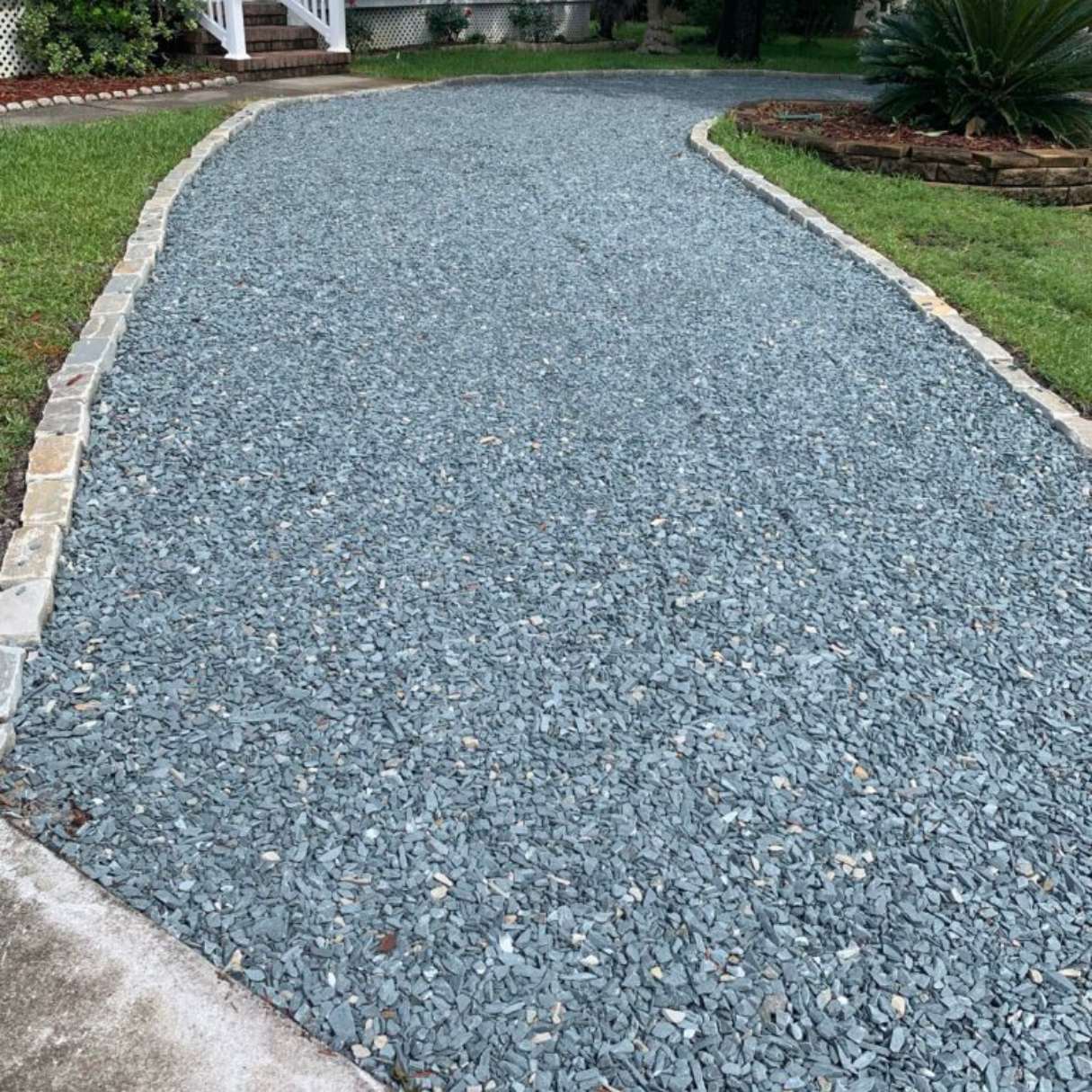
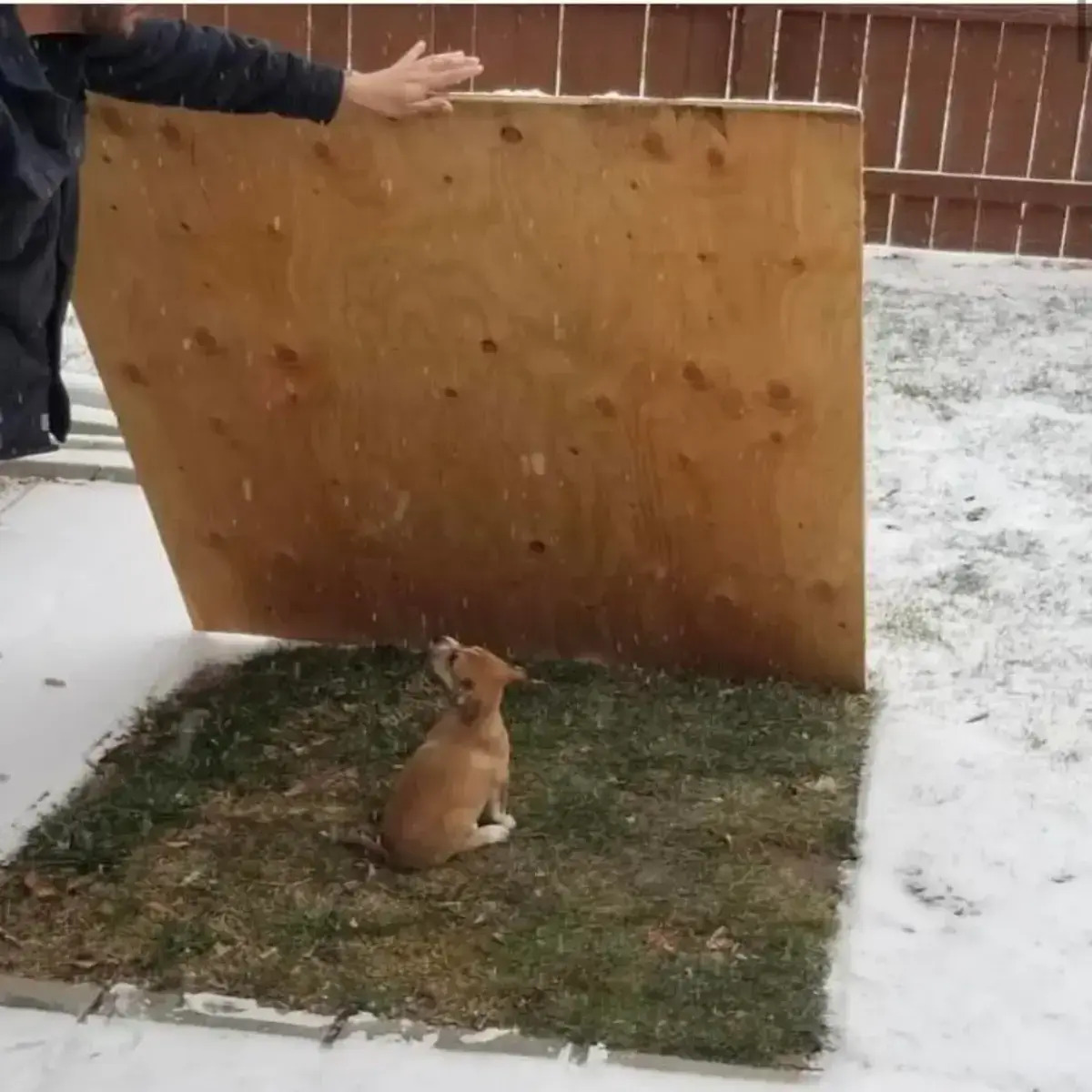
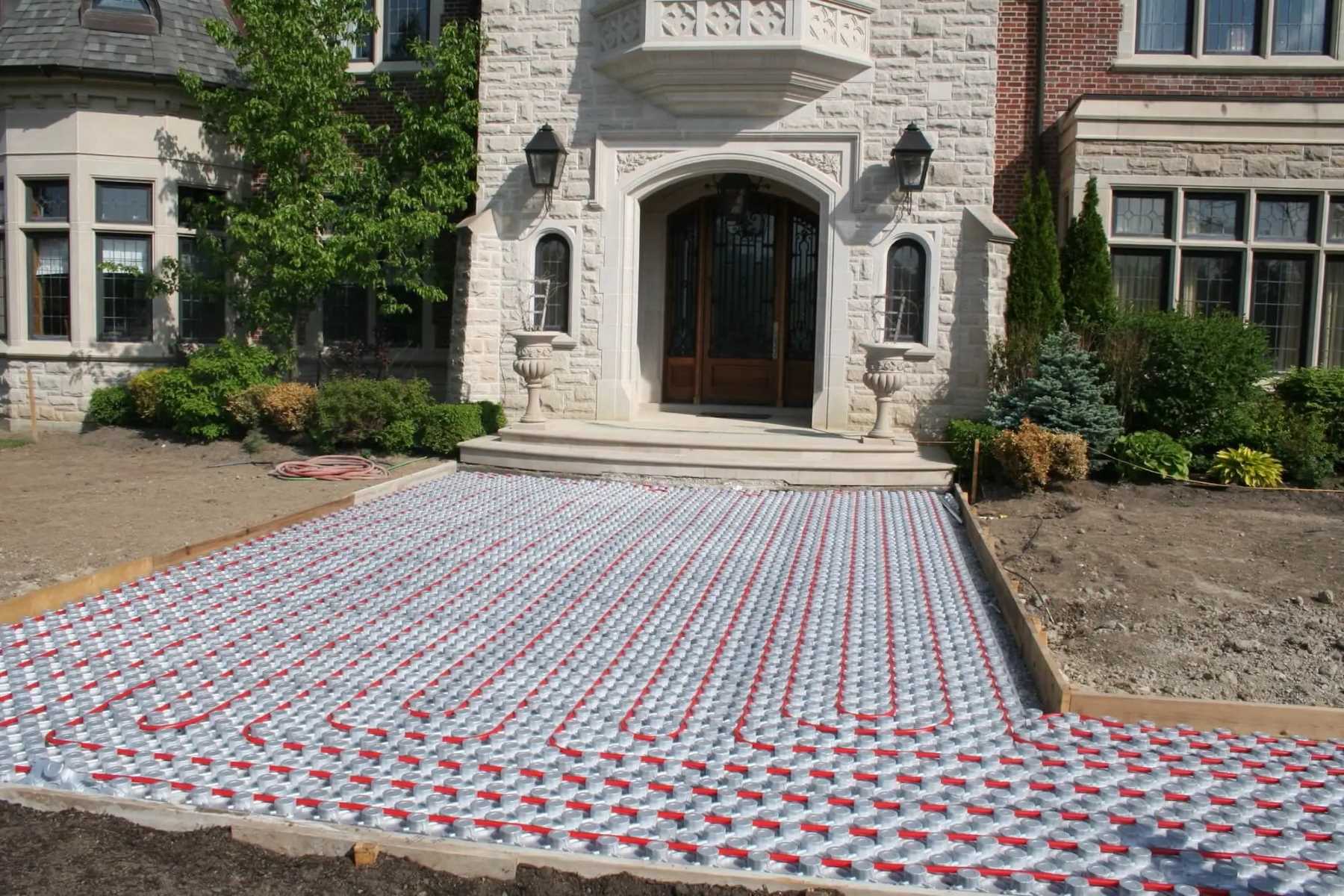

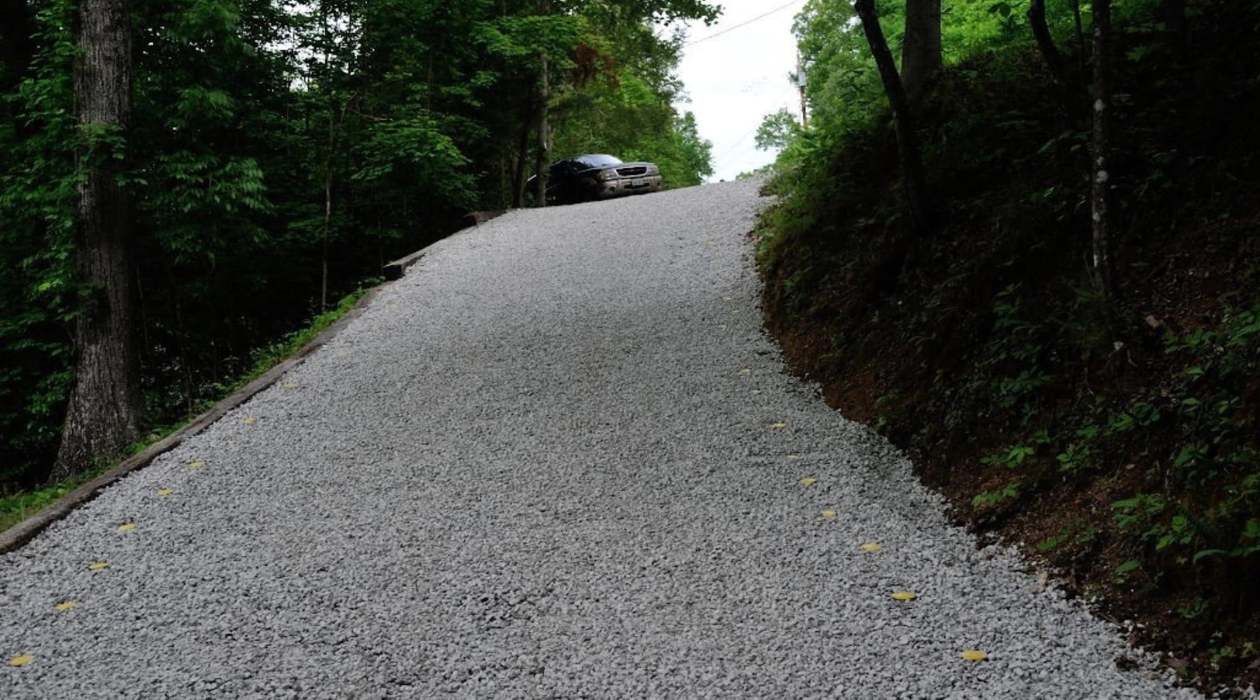
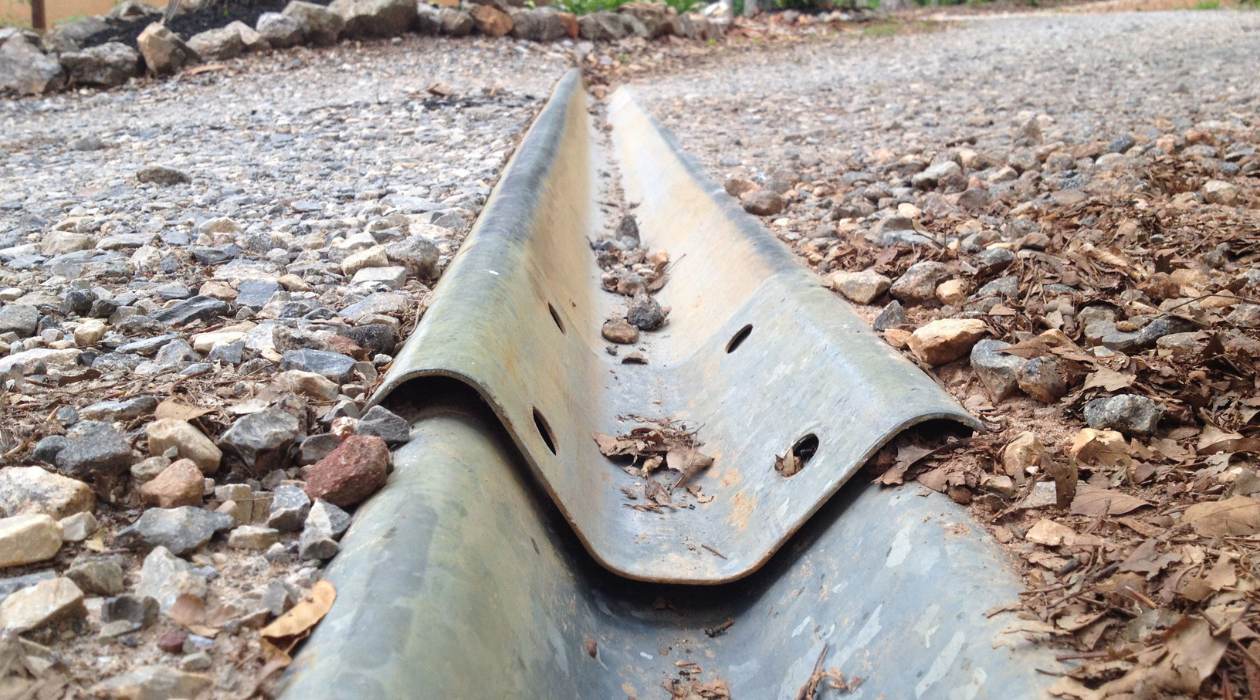
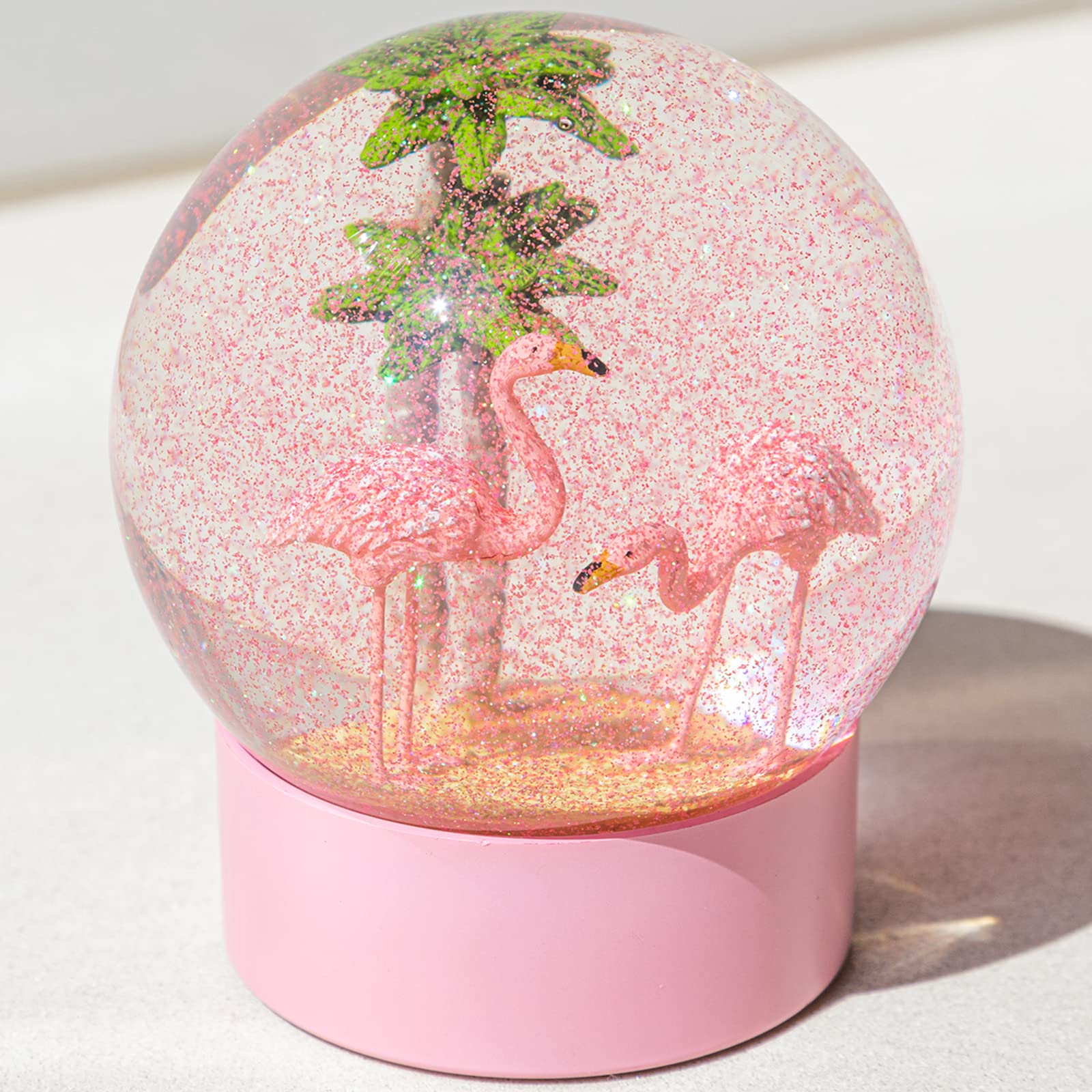
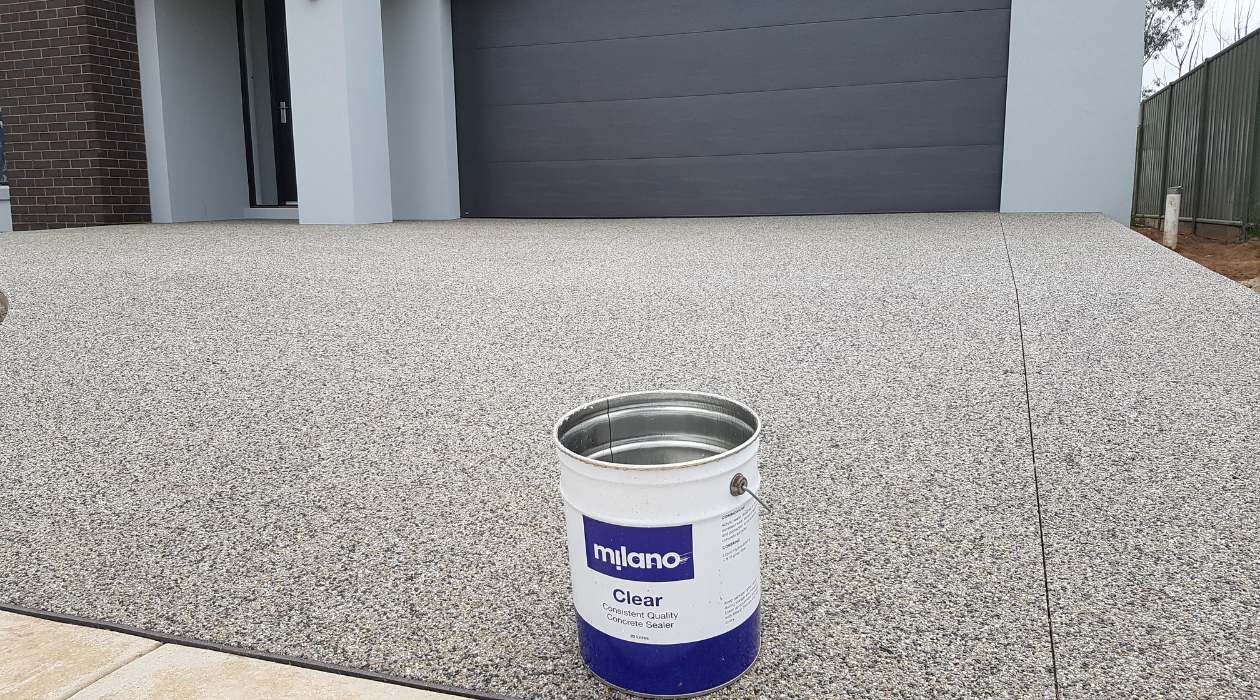
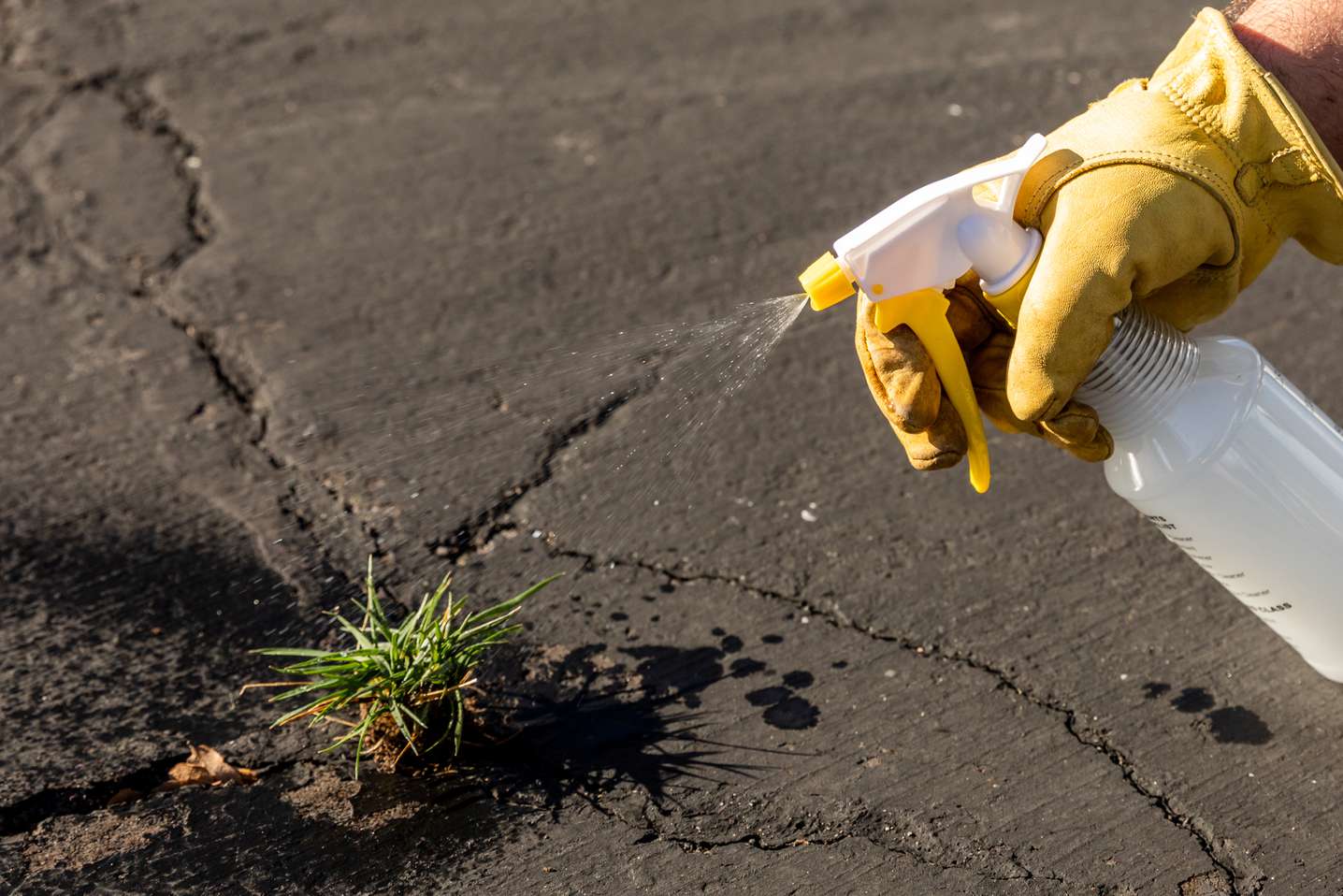
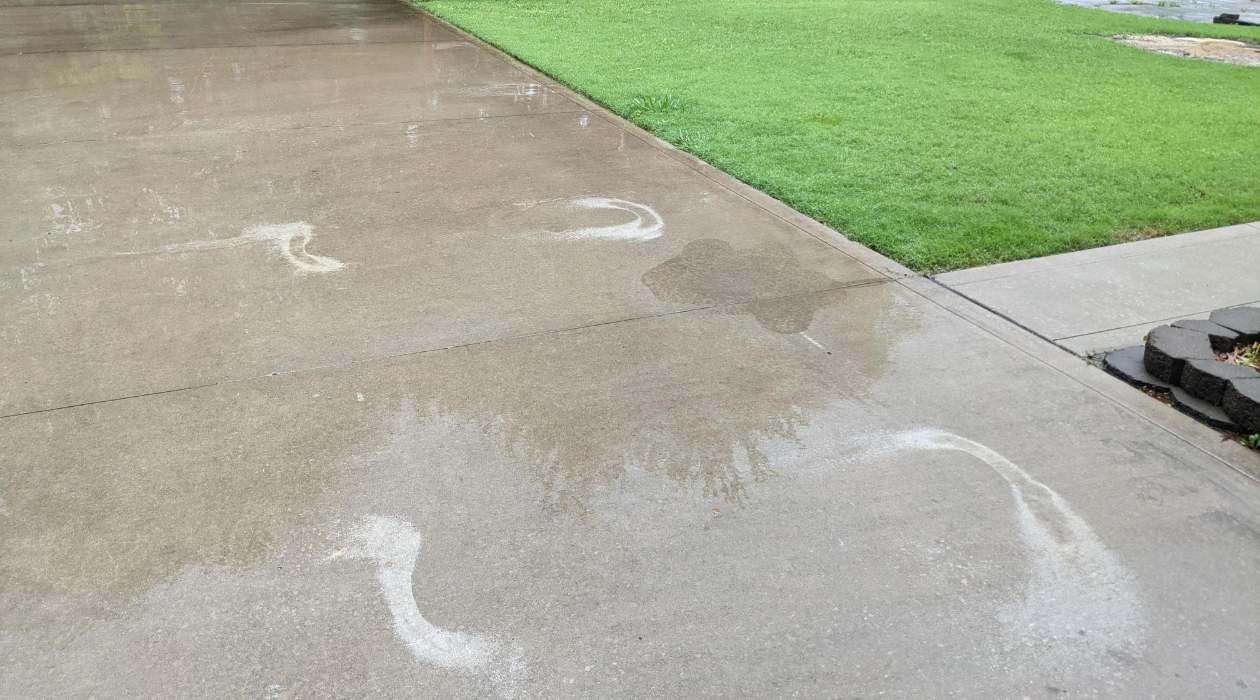
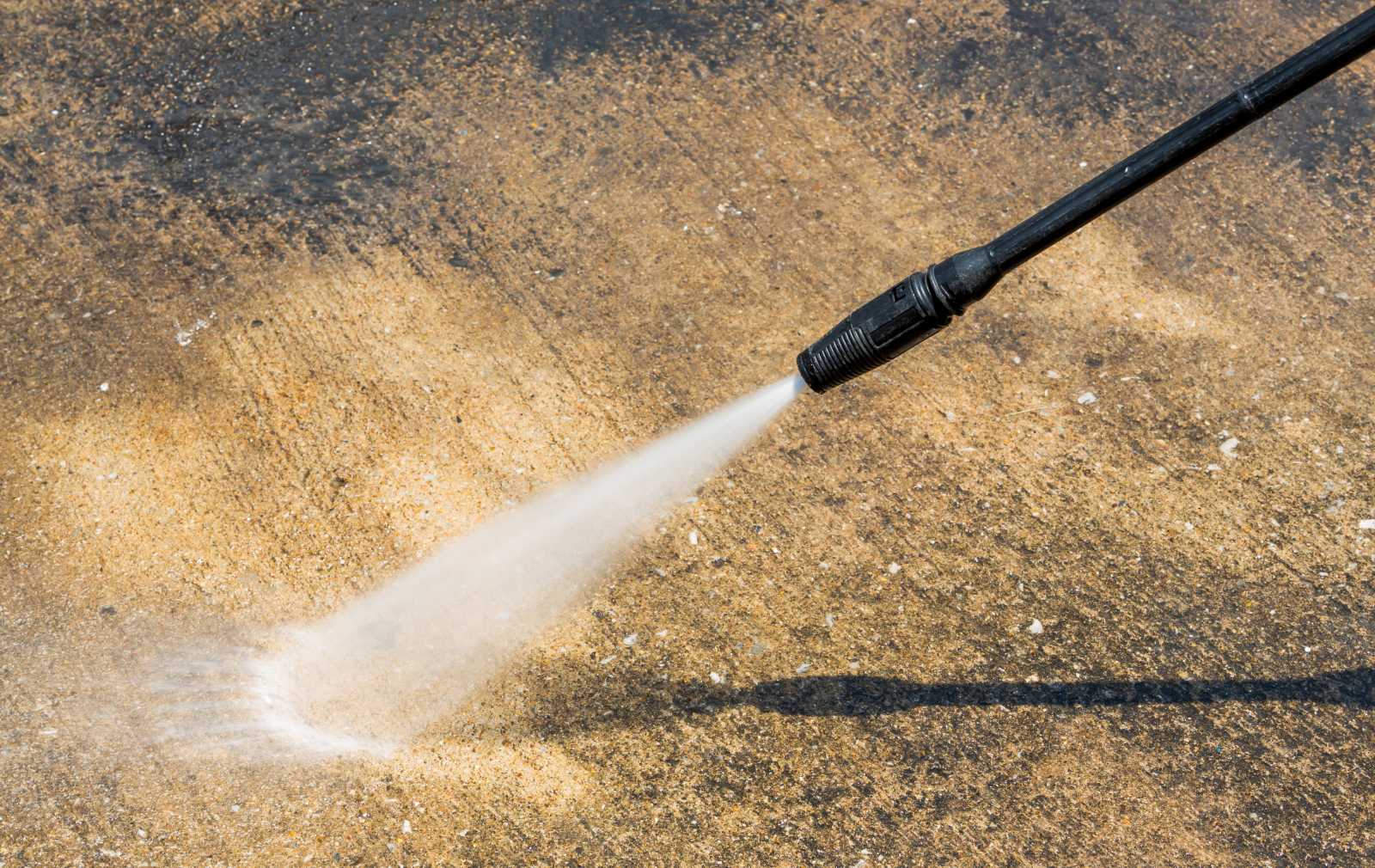
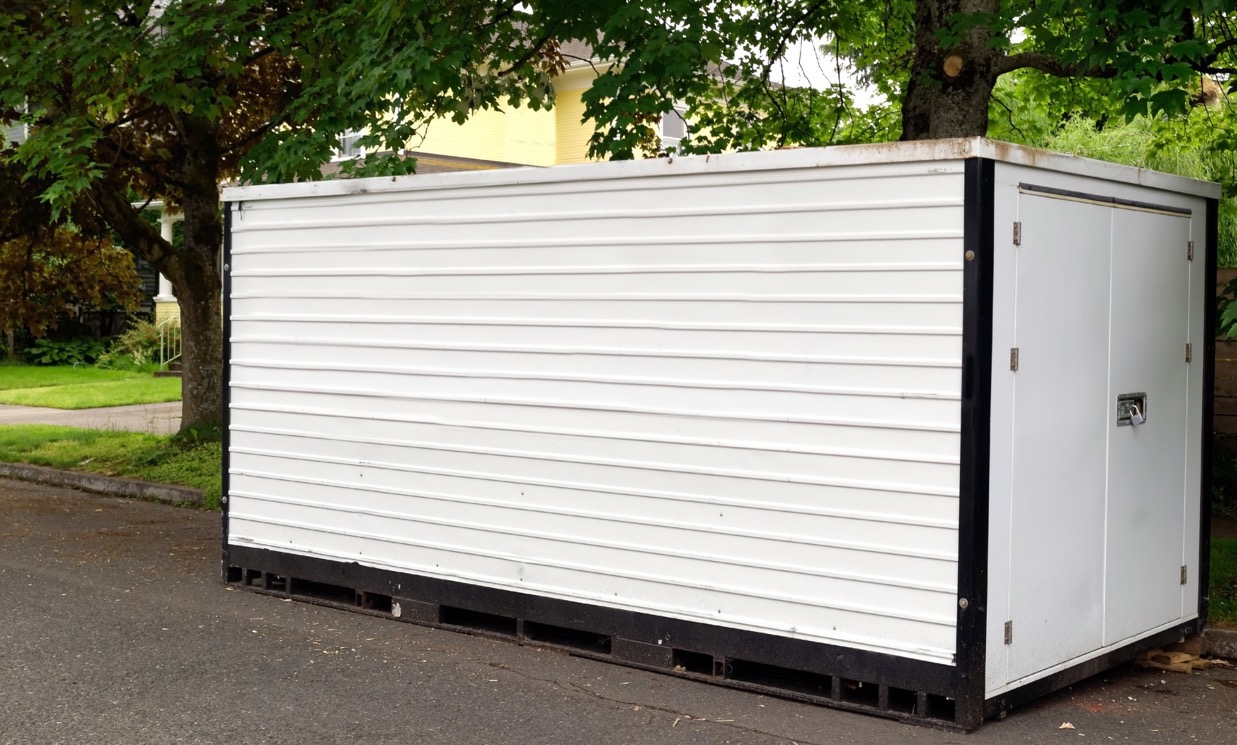
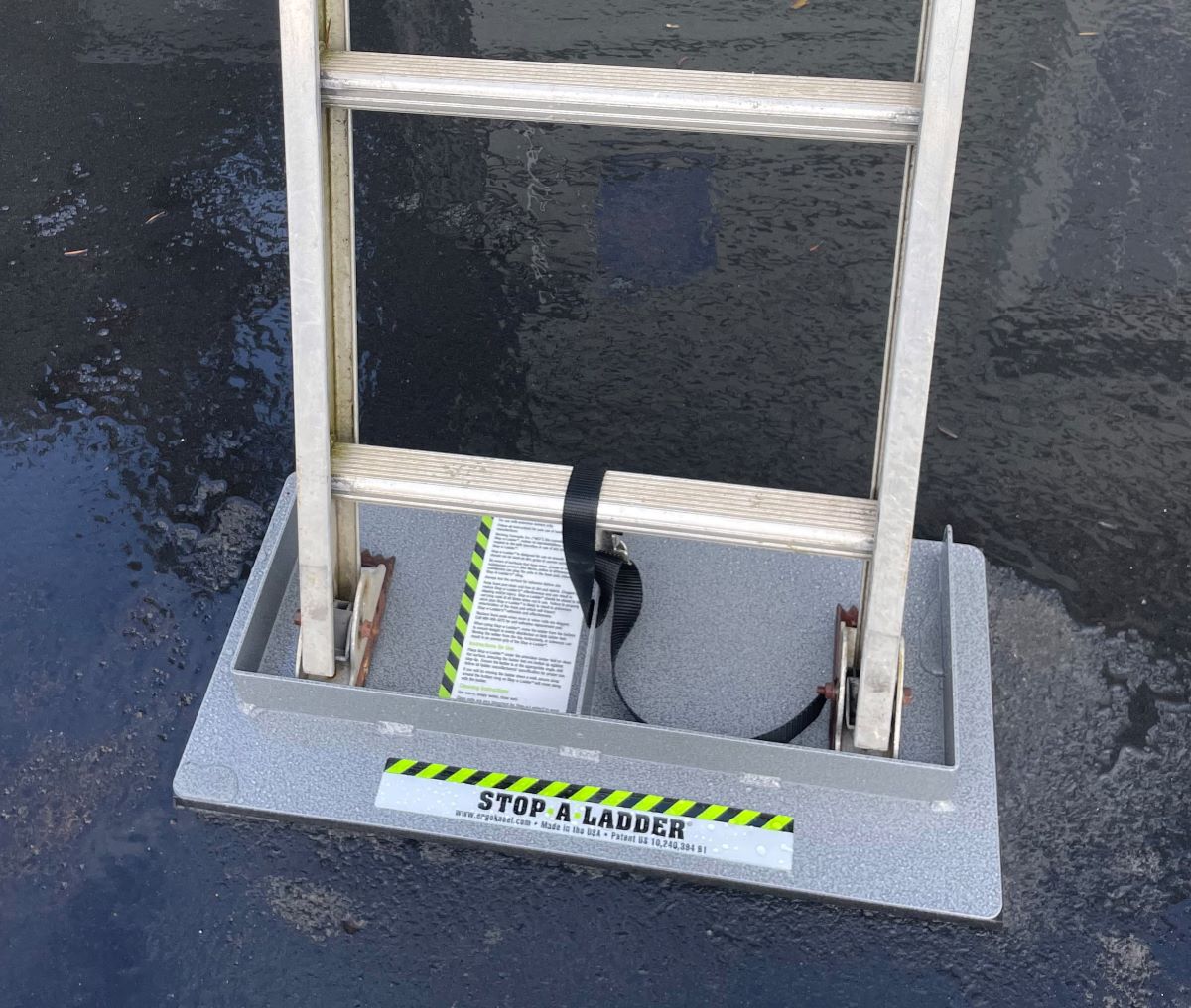

0 thoughts on “How To Keep Snow From Drifting On Driveway”